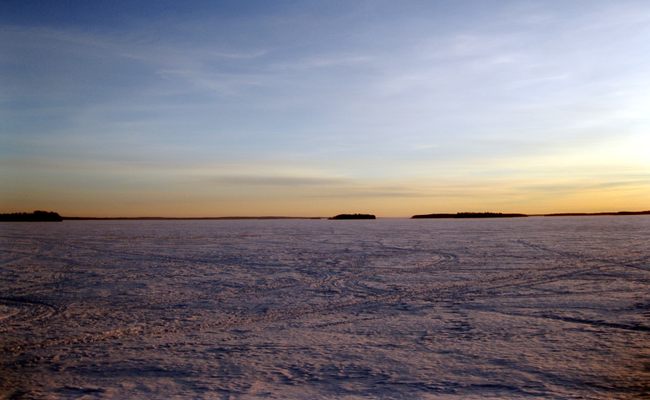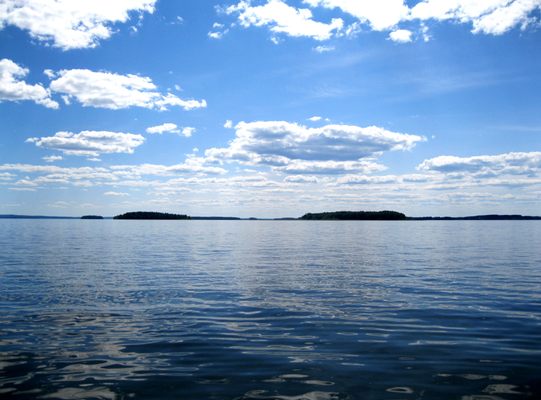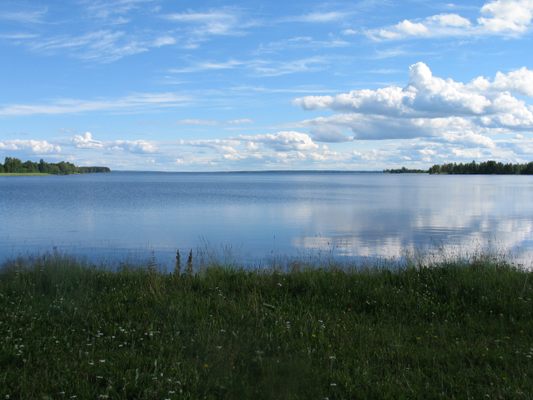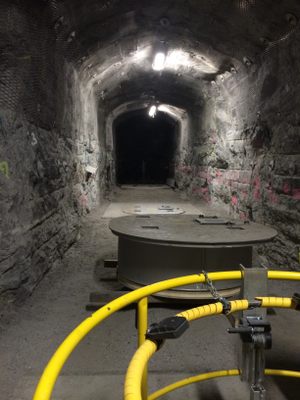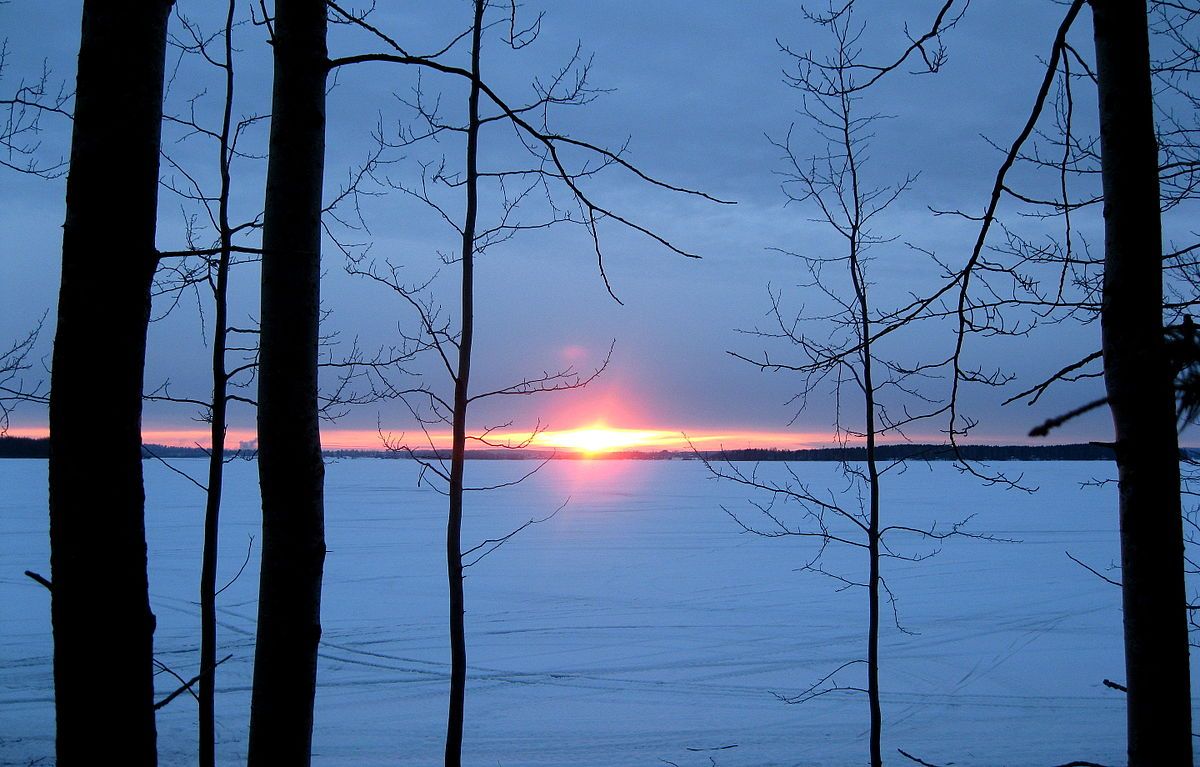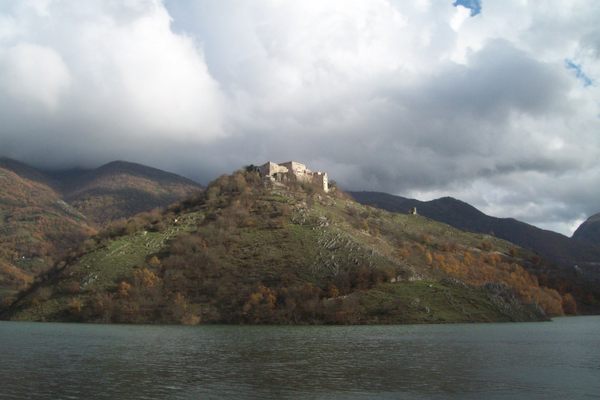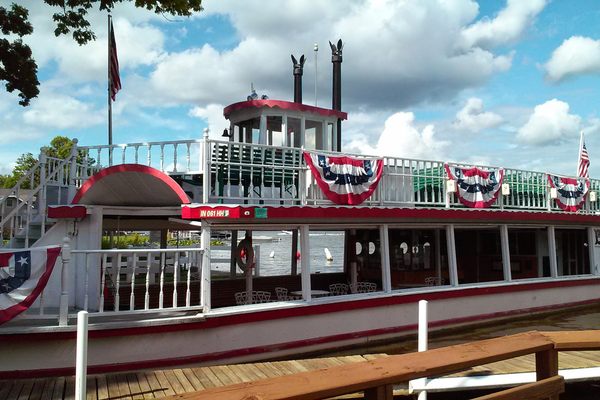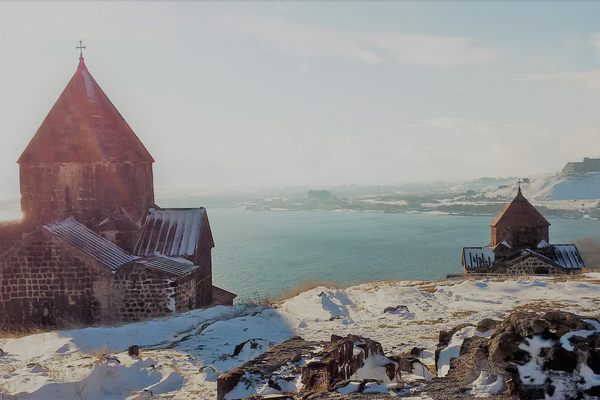About
About 77 million years ago, a meteorite crashed into what is now Finland’s Southern Ostrobothnia region. Today, serene Lake Lappajärvi rests in the approximately 14-mile wide crater crafted during the wake of this blast from the distant past. Locals still enjoy boating to Kärnänsaari, an island formed by the impact's melt rock. Paddling there is an encounter with the landscape’s deep history.
While visiting the lake—one of the largest crater lakes in Europe—you can hunt around for bits of Kärnäiitti, a rare rock that was formed by the meteorite's impact. People looking for some aquatic exercise can join the locals who paddleboat, canoe, and swim across its surface. There are also many walking trails that line its picturesque shores.
The deep, long history of Lake Lappajärvi has also attracted a very different kind of visitor, safety experts from a radioactive waste management company building an underground repository for spent nuclear fuel in Western Finland.
The experts are tasked with predicting how the nuclear waste's radioactivity, if it were to be somehow released from the repository someday, would interact with the region’s rocks, groundwater, ecosystems, and populations in the extreme long-term, many millennia from now. Most commonly they use computer models to assess how the waste repository might endure or degrade in the far future. But they also develop more speculative, quirky approaches in a report called Complimentary Considerations that is basically a hodgepodge of scientific evidence and PR tools aimed at persuading people of the facility’s safety.
This is where Lake Lappajärvi comes in. The report explains how the crater lake kept its form throughout numerous past Ice Age glaciation and post-Ice Age de-glaciation periods. After looking into the environment's past, safety assessment experts speculated we can expect only limited erosion and landmass movement throughout the repository’s multimillion-year futures.
Lappajärvi’s deep histories are, in this way, taken as windows into the deep future. Visions of far future worlds can emerge from analogies across time—extrapolating from long pasts to reckon long futures. This Finnish lake is one place where this creative approach to far future planning is taking place. Visiting landscapes like Lake Lappajärvi can help researchers adopt the long-termist mentality necessary for thinking more clearly about climate change, biodiversity, sustainability, nuclear waste, or even human extinction.
Related Tags
Community Contributors
Added By
Published
October 24, 2017
Sources
- This Atlas Obscura post was derived from portions of this The Long Now Foundation blog post: http://blog.longnow.org/02016/07/05/craters-mudrock-tools-for-imagining-distant-future-finlands/
- http://www.npr.org/sections/13.7/2014/09/14/347048876/envisioning-landscapes-of-our-very-distant-future
- http://physicstoday.scitation.org/doi/pdf/10.1063/PT.3.3728
- http://www.posiva.fi/en/final_disposal/safety/the_safety_case
- http://www.posiva.fi/files/2995/POSIVA_2012-11_web.pdf
